Don't miss interesting news
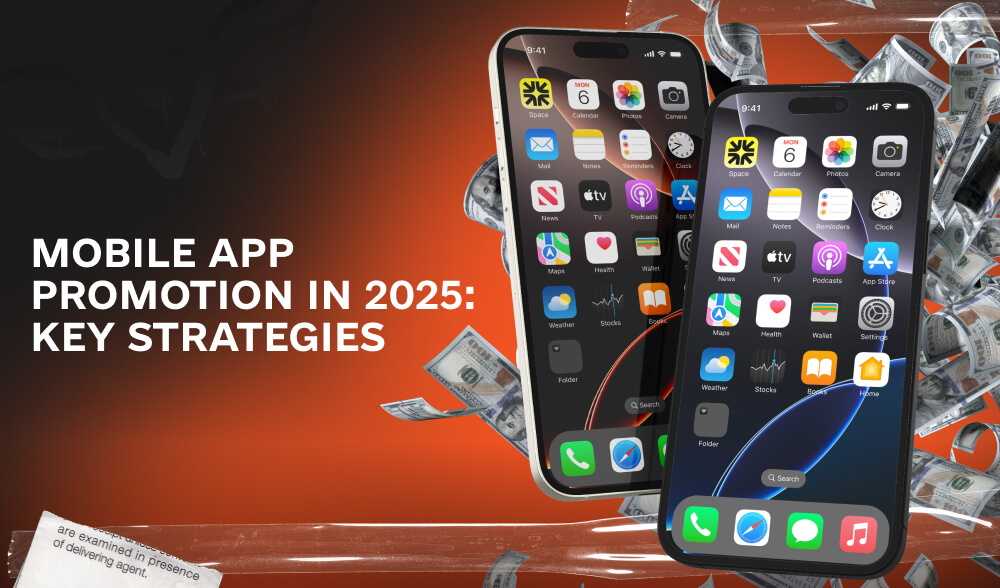
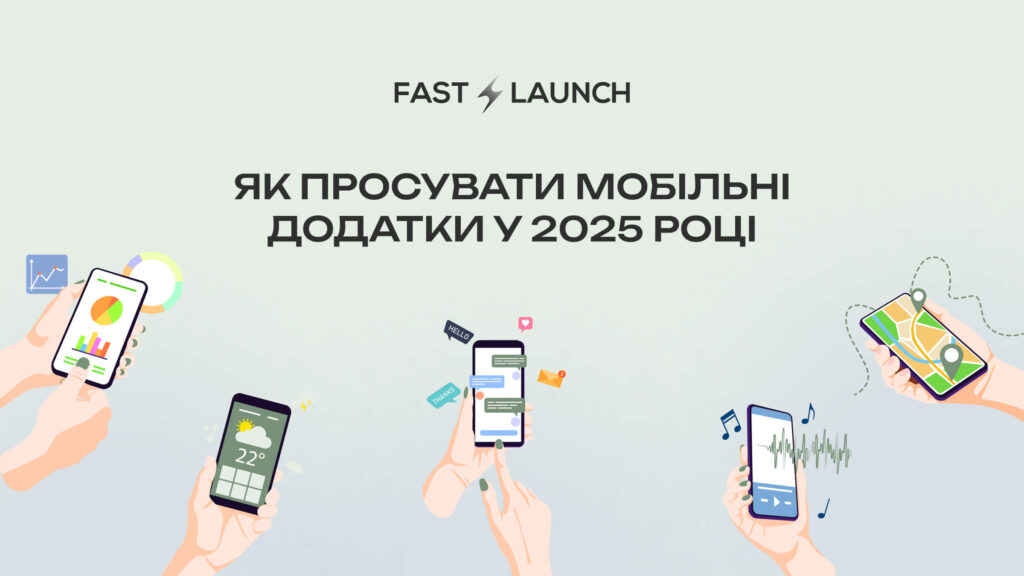
Mobile apps have long been a part of our daily lives, providing a wide range of services and features that can be done online. The competition in this market is only getting stronger every year, and today the success of an app’s popularity depends not only on its design, functionality and other convenient tools inside the app, but also on a well-constructed marketing strategy.
In our article, we will review the most popular and used mobile promotion tools that will be relevant in 2025, share effective ways to engage your audience and show you how to achieve fast and effective promotion.
Mobile app promotion includes a set of actions focused on attracting new customers and keeping existing ones in the app.
The main point of app promotion that differentiates it from the promotion of regular websites is the use of platforms like Google Play and App Store. The main task of the marketer becomes to achieve top positions in the search engine of the app store.
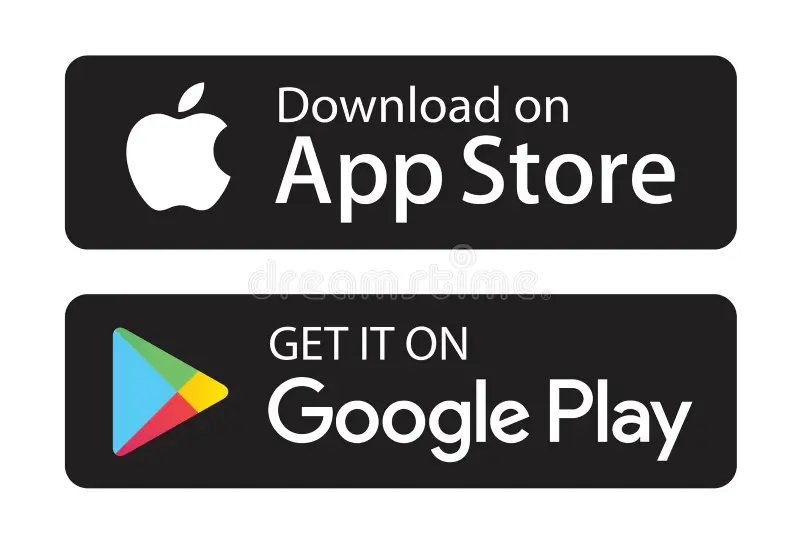
App store search is a major source of free and organic installs. About 70% of all iOS and Android app installations happen through search.
These are typically free installations because you don’t have to pay to be found in search, or organic because a user who specifically searches for certain features is more likely to install your app and become an active user, including making in-app purchases.
Whether it’s free Organic because a user who is specifically looking for certain features is more likely to install your app and become an active user, including making in-app purchases.

Like in web search, most of the users’ attention is focused on the first results of the output. Up to 80% of downloads are for apps that are in the top 3 of the search results. If your app isn’t in the top 3, you’re losing a large portion of your organic audience.
The effectiveness of campaigns is achieved thanks to an integrated approach using several promotion tools simultaneously.
To achieve sustainable growth and keep an app at the top, you need to combine organic traffic with other strategies.
The main areas of promotion include:
We’ll look at each of the areas in more detail below.
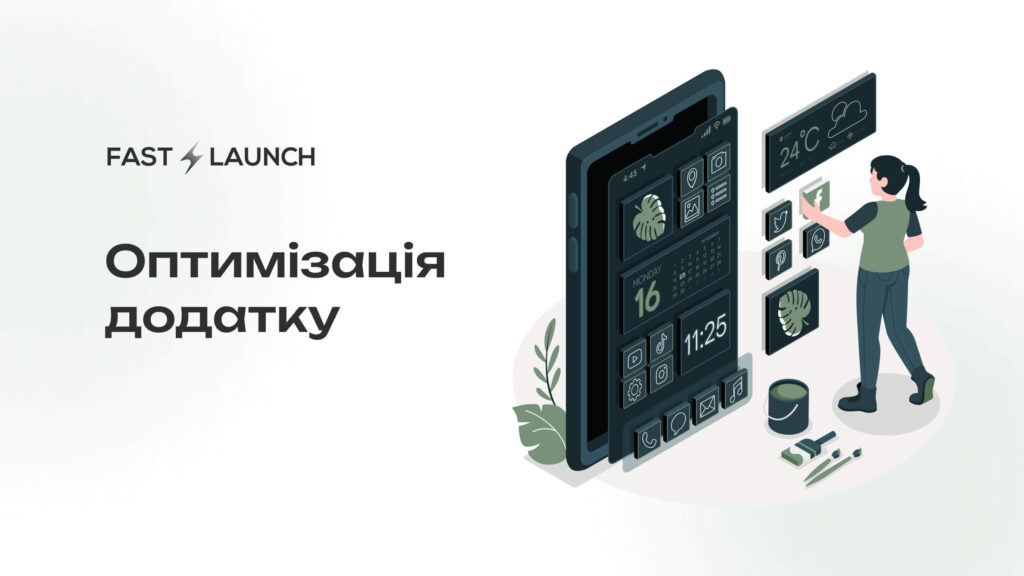
App Store Optimization (ASO) is the optimization of a mobile app in the App Store and Google Play stores to improve its visibility in the store and conversion to purchase or download. This type of optimization involves detailed elaboration of key elements of the app page: title, description and video/photo content of the app.
The main objective of optimization is to select appropriate app page content and visual content to improve the app’s position in search engine rankings for key queries, making it more visible, attractive and available for installation.
For effective optimization, you need to do an ASO audit beforehand, which includes an in-store page analysis and competitive analysis. The main ones are:
These steps will help improve the visibility of the app, attract more users and keep their attention.
Also, ASO optimization differs depending on the app store, this should be taken into account while planning a promotion strategy. For example, in Google Play the main element for metadata implementation is the full description of the application, its length can not exceed four thousand characters. Unlike the App Store, where there is a separate field for keywords, ASO in Google Play is more like classic SEO. There is also a difference in the length of indexing cycles: in Android the average is one month – this means that you have to wait about three to four weeks to properly evaluate the effectiveness of the changes made to the app page, unlike Apple, where changes can be made much more frequently.
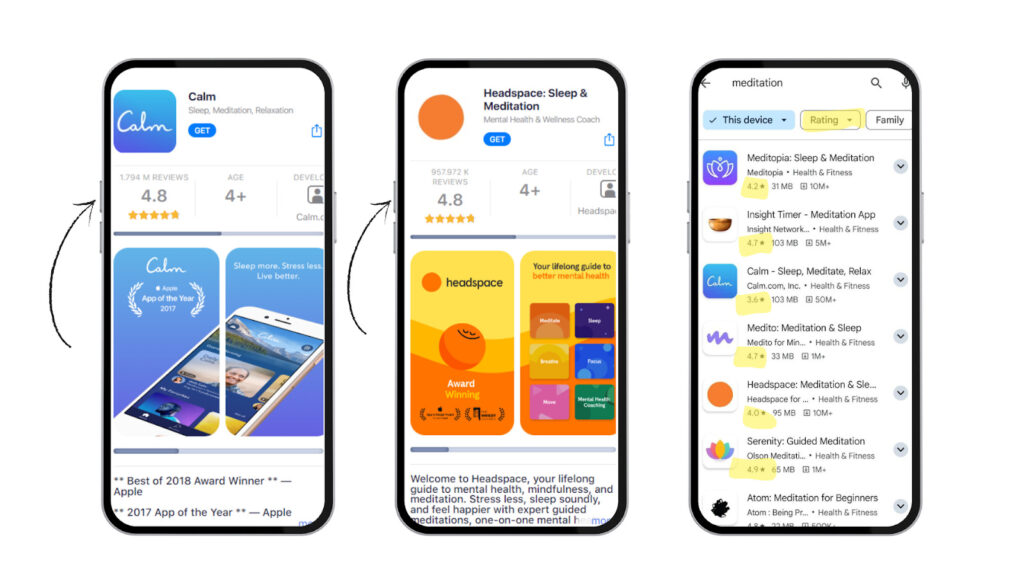
Motivated traffic are users who perform certain actions in exchange for a reward. In mobile marketing, this type of traffic is actively used to improve app store search positions, increase rankings and get reviews.
In the App Store, the key ranking factor is the number of installs made from a search. When a user enters a query, finds an app and installs it (either directly from the search engine or through the app page), this is considered a positive signal by the store. The App Store notes the relevance of the keyword query to your app and boosts its position.
The higher an app ranks in search, the more visible it becomes to users. This increases organic installs as more people with a specific need notice the app and download it. With up to 70% of installs coming from the top three positions in search, it’s critical to rise to that level.
Google Play’s ranking system works in a similar way, but it takes into account behavioral factors such as the number of times an app is opened, time spent in the app, and other indicators of user activity.
Working with motivated traffic is safe if you think out the strategy intelligently beforehand. If you overdo it with attracting traffic – you can get blocked.
App Store
The number of motivated installs versus organic installs is very important to the App Store, usually the number should not differ. A sharp jump in installations will be considered suspicious by the algorithms. The algorithms also work with respect to the number of ratings and reviews of the app.
Google Play
In Google Play everything is simpler, and with the proper use of motivated traffic problems with pessimization and “out” from indexing should not be.

Ratings and reviews play a key role in ranking apps in stores. However, it is not uncommon for rankings to drop due to force majeure such as bugs, errors in content, or miscommunication on the part of users. For example, in music and video services, users often give low ratings if they don’t like the content, even if the app itself works flawlessly.
It’s also difficult to launch an app: at the very beginning, its rating will always be zero, which makes it less competitive.
The way out of this situation will be to work on the reputation of the application at the initial stage, to include here the use of the tools described earlier: ASO to work on relevancy, motivated traffic to work on the app’s ranking, and app advertising, which we will talk more about in a moment.
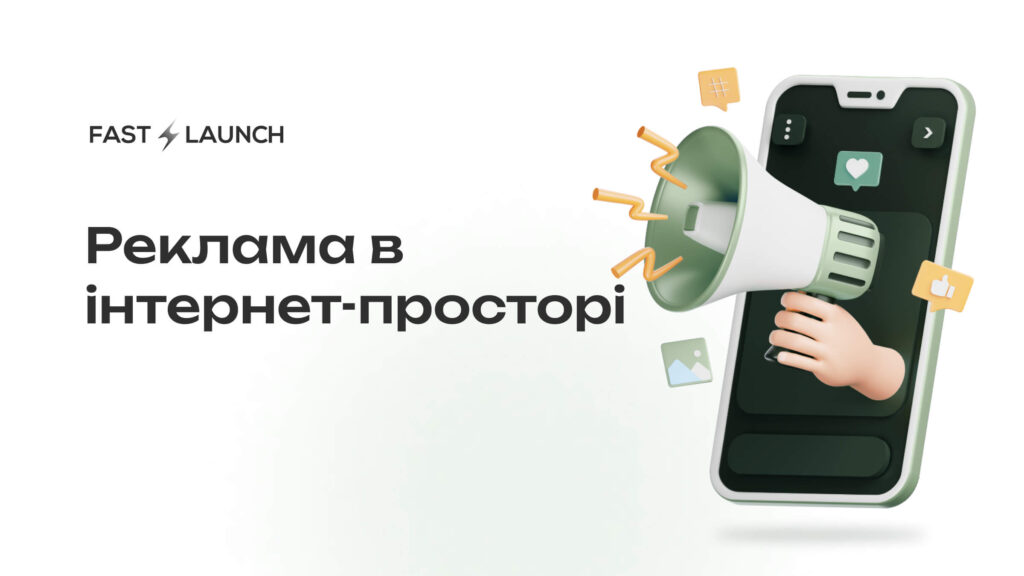 Advertising is the most important element of mobile app promotion. After optimization, you should use all possible channels to increase your reach, including advertising campaigns both within app stores and on third-party platforms.
Advertising is the most important element of mobile app promotion. After optimization, you should use all possible channels to increase your reach, including advertising campaigns both within app stores and on third-party platforms.
To promote iOS apps, Apple Search Ads a tool from Apple that lets you place ads right at the top of the App Store search results page is ideal. Ads are shown to users who enter the right keywords or phrases, increasing the likelihood of installing the app.
Google App Campaigns in Google Ads is a tool designed to promote Android apps through Google Play. It is used to place ads not only on Google Play, but also on other Google services such as YouTube, Google Search, as well as on partner sites and apps.
These platforms offer marketers a variety of tools and ad formats, allowing them to effectively engage their target audiences and improve campaign performance.
In-App promotion allows you to find your target audience directly inside apps, which significantly increases the conversion rate of such advertising. This approach is very suitable for advertisers, as it allows them to find specific groups of users interested in their product or service.
The following are popular In-App networks that provide a wide and convenient functionality for managing and optimizing advertising campaigns:
Social networks have become one of the main channels for attracting traffic for mobile apps. Their vast audience and precise targeting capabilities allow you to effectively reach targeted users and encourage them to take actions such as registering, downloading, or purchasing.
For international promotion, platforms such as Facebook, Snapchat, TikTok and Instagram, as well as the Google advertising system with app campaigns.
Contextual advertising includes display ads on ad networks such as Google.
The main advantage of contextual advertising is that ads are only displayed to interested users. Google’s universal app campaigns allow you to run ads on all available Google Ads platforms: Google Play, Google Search Network, YouTube, Google Contextual Media Network.
The social network Facebook offers a special type of ads with the purpose of “App Install”. These ads are placed in the news feed, Instagram and Facebook Messenger. When setting up a campaign, you can customize your own target audience based on user data, or a compiled portrait of your CA.
YouTube, with its impressive metrics, gives developers the opportunity to promote their apps in videos.
Google Marketing Platform provides the ability to automatically place ads on Google Sites. This platform uses installation tracking features to promote apps.
Search engines remain one of the key sources of traffic for mobile apps. Reaching your target audience is often easier through Google, as organic search continues to be a powerful channel for user engagement.
Email newsletters – this tool for more used for audience retention, but on new customers it can also work effectively.
For those who already use your application, it will be relevant to inform about any bonuses, promotions or additional services. Or as a reminder for those who left your app without completing the purchase. For new customers, an overview of the app, its benefits, also promotions and bonuses will be relevant.
Informative articles on thematic media platforms attracts organic traffic, increases brand awareness and credibility. With the help of articles you can show your expertise, show a case study or a solution to a problem faced by your target audience.
Another tool for engaging users is App Indexing technology that allows you to link websites to mobile apps. This feature is available on both Android and iOS.
The way it works is that if a user searches for something on a smartphone and a web page associated with an app appears in the search results, the system prompts the user to install or open that app. With App Indexing it is possible to integrate content directly into the app.
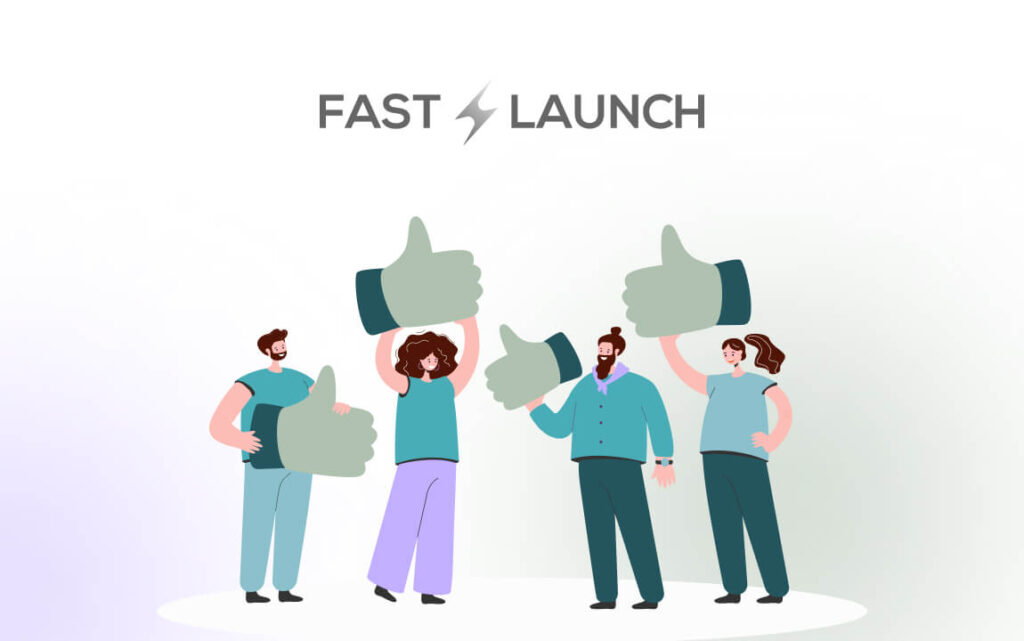
Don’t forget the role of PR in promotion. Among the most used methods:
PR is a useful tool to help increase brand awareness and attract new users.
After successfully launching an ad campaign, you need to move on to analyze and determine if your promotion is really working. Here it is extremely important to determine the effectiveness of the marketing steps taken, the work of the application, understanding the attitude of the CA to your application.
The choice of metric depends on the metrics you need to track according to the functionality of your application. There are basic metrics: the total number of installations and their dynamics, the sources of application installation, the number of unique users, interaction with the interface, the cost of attracting the user to install/purchase, etc.
The main task of analyzing a mobile app is to identify what needs to be adjusted in the app itself and in advertising campaigns.
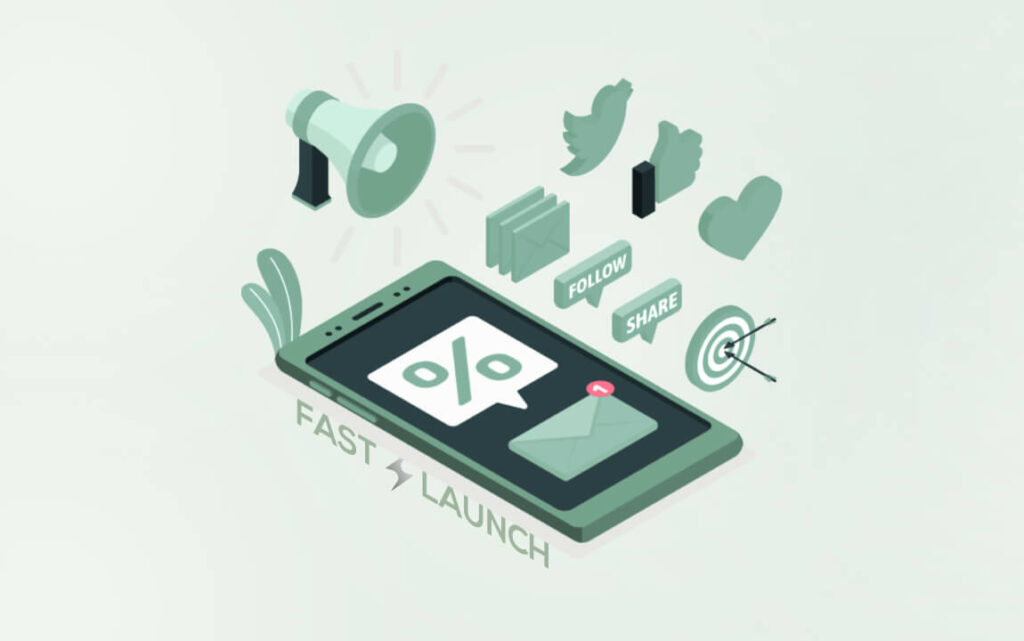
Methods to attract attention
It is the success in engaging users in using the app that plays a key role in the success of profiting from the app. Let’s take a look at a few popular ways to attract the audience’s attention and keep it.
Promo codes/refunds
Promo codes or referral bonuses give a limited number of users certain “pluses”. One of the popular ways of working with promo codes, is also providing them to bloggers and Influencers in exchange for their reviews.
Push Notifications
Push notifications – are short messages that pop up on the screen of your mobile device. They are eye-catching and can also bring in information of interest to the customer. They can be text or other types, such as banners or pictures. They can contain information about new updates of the application, announcing promotions and special offers, reminding users who have not opened the application for a long time.
But an overabundance of them can backfire on the user, so avoid sending too many notifications by avoiding sending them at night.
Optimizing the push notification experience includes segmenting users, conducting A/B testing to determine effective formats, and organizing user feedback.
Services such as Urban Airship, PushWoosh, Appsfire’s Appbooster are used to automate push notifications.
Retargeting
This is a fairly popular intstrument that is used to “catch up” with a user who has familiarized themselves with your app, but for some reason left it. It is also appropriate to tell the user about the app’s new products, promotions or bonuses.
Diplining
The use of diplinks, significantly simplify the customer’s path to the “destination point”, namely the product/feature in the application, reducing his search for this offer, and redirecting him specifically to the desired point in the application, if it is already installed.